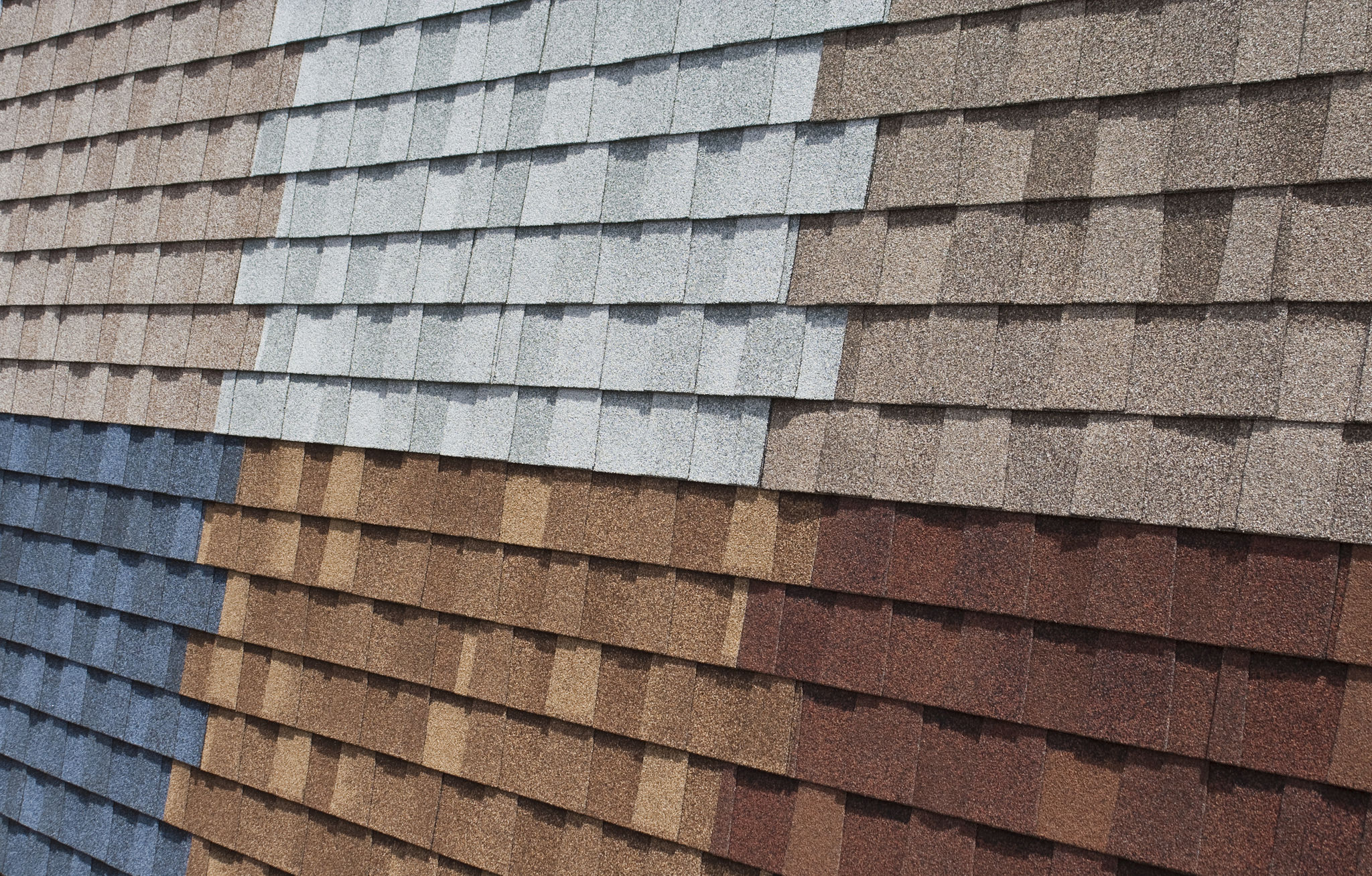Common Roofing Myths Debunked: What Homeowners Need to Know
Misconception 1: All Roofs Are the Same
One of the most prevalent myths is that all roofs are created equal. In reality, roofing materials and styles vary significantly, and what works for one home may not be suitable for another. Asphalt shingles, metal roofing, tiles, and wood shakes are just a few options available. Each has its own set of benefits and drawbacks, depending on factors like climate, budget, and aesthetic preferences.

Understanding Different Roofing Materials
It's important for homeowners to understand the different types of roofing materials to make an informed decision. For example, metal roofs are known for their durability and energy efficiency, while asphalt shingles are popular for their cost-effectiveness and ease of installation. Consulting with a roofing professional can help determine the best material for your specific needs.
Misconception 2: Roofs Last Forever
Another common myth is that once a roof is installed, it doesn't require any further attention. While roofs are designed to be long-lasting, they do not last forever. Most roofs have a lifespan of 20 to 30 years, depending on the material and environmental conditions. Regular maintenance and inspections are crucial to extending the life of your roof.

The Importance of Regular Inspections
Homeowners should schedule regular inspections to catch minor issues before they become major problems. This includes checking for missing or damaged shingles, leaks, and signs of wear and tear. Proactive maintenance can save thousands in repair costs down the line.
Misconception 3: You Can Install a New Roof Over an Old One
Some homeowners believe it's perfectly fine to install a new roof over an existing one to save time and money. However, this approach can lead to more problems in the future. Adding a new layer can hide underlying issues like rotting wood or trapped moisture, potentially compromising the structural integrity of your home.

Why a Full Replacement is Often Necessary
In most cases, it is advisable to remove the old roofing material before installing a new roof. This allows for a thorough inspection of the underlying structure and ensures any hidden damage is addressed. It also helps maintain proper weight distribution and ventilation.
Misconception 4: DIY Roof Repairs Are Easy
Many homeowners assume that they can handle roof repairs on their own to save money. While some minor repairs might seem simple enough, roofing work is often more complicated and dangerous than it appears. Climbing onto a roof without proper training or equipment can lead to accidents and further damage.
The Risks of DIY Roofing
Attempting DIY roof repairs can also void warranties or cause improper installations, leading to leaks or other issues. Hiring a professional ensures that the job is done safely and correctly, preserving the integrity of your roof and home.

Misconception 5: Roof Leaks Are Always Obvious
Finally, not all roof leaks are immediately apparent. Some leaks may go unnoticed for months or even years, causing significant damage within your home's structure. Water stains on ceilings or walls are often the first visible signs, but by then, the damage might already be extensive.
Detecting Hidden Leaks Early
Regular inspections by experienced professionals can help detect hidden leaks early. They have the expertise to identify subtle signs of water intrusion and take corrective action before it leads to costly repairs.
By debunking these common roofing myths, homeowners can make more informed decisions about their roofing needs. Understanding the nuances of roofing materials, maintenance, and repair can help preserve your home's value and ensure its safety and longevity.

